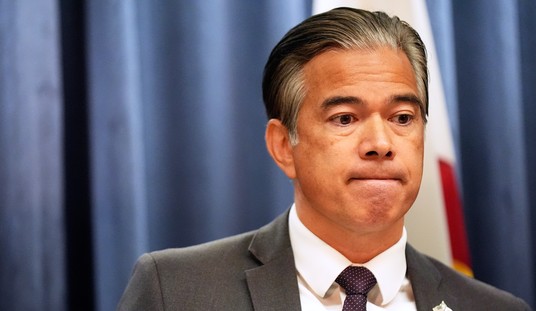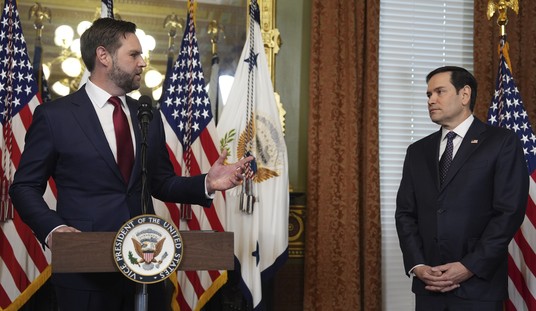Don’t get too excited by this result, because Republicans weren’t exactly blowing the doors off on favorability with registered voters before the conventions started, either. However, Democrats are, for the first time since Gallup began surveying on this question, doing worse than Republicans. And also for the first time, Democrats find themselves underwater — and not by a narrow margin, either (via Instapundit):
In the lead-up to this year’s presidential convention period, 44% of registered voters held a favorable view of the Republican Party and 43% of the Democratic Party. While the Republicans’ favorable rating is similar to where it stood before the conventions kicked off in 2008, the Democrats’ is 11 percentage points lower. It is also the lowest pre-conventions favorable score the Democrats have received among voters in Gallup records dating to 1992. …
The relatively low ratings for both parties likely reflect Americans’ broader dissatisfaction with the country’s direction and government leaders, including Congress. The parity of ratings mirrors the political polarization Gallup sees in national party identification, and contrasts with 2008, when the Democratic Party entered the convention period with a significant image advantage. However, historically, it is not unusual for the parties to have similar ratings at this point in an election year, including in 2004, 2000, and 1992.
How has party identification changed since 2008? In a survey taken the week after the election, the D/R/I split was 33/28/37, but with leaners it was 51/40 Democrats. In April 2009, it reached a peak of 53/34, a nearly 20-point spread. Now, it stands at 29/26/42, with Democrats holding a 3-point lead at 44/43 when counting leaners. Keep in mind that this is a general-population poll, not a turnout model, too.
Let’s get back to the pre-convention favorability ratings. Four years ago, Republicans limped into St. Paul with a 41/51 favorability. That’s not much improved this year at 44/50. Prior to 2008, the GOP routinely had narrow majorities of favorability between 50-53%. Even with the big midterm win, the Republican Party has not experienced a renaissance of respectability, at least not yet.
Democrats, though, have cratered in the era of Hope and Change. In 2008, they had a +15 at 54/39, in line with their ratings in every election since 1992 except 2004’s 48/40. This year, they hit 43/52, a -9 favorability, and a 24-point swing from four years ago. Those are the wages of disillusionment. Where did the love go? The Democratic Party lost 15 points in favorability among men (51% in 2008, 36% today), 17 points among those 35-54 (56% to 39%), and eight points for those 55 and older (53% to 41%). Among white voters, favorability dropped 17 points to just 33% today.
The independent demo should probably worry Democrats most. It’s relatively unchanged for the GOP, increasing a single point from 2008 to 38%. For Democrats, though, favorability dropped twelve points from 47% to 35% — putting them slightly behind Republicans in favorability. That will impact races all the way down the ballot, and shows that the Democratic post-midterm strategy has been a huge flop.







Join the conversation as a VIP Member